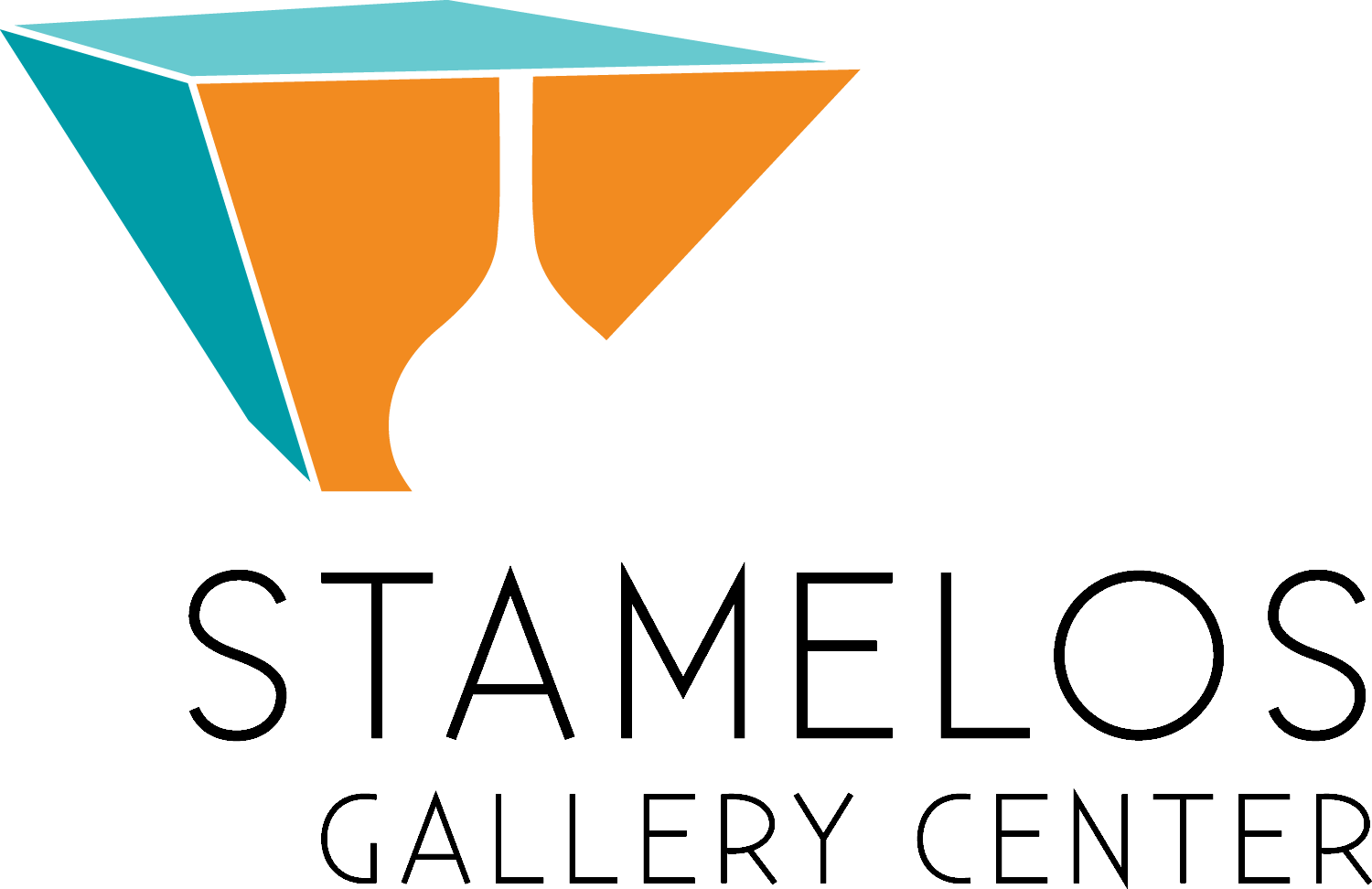
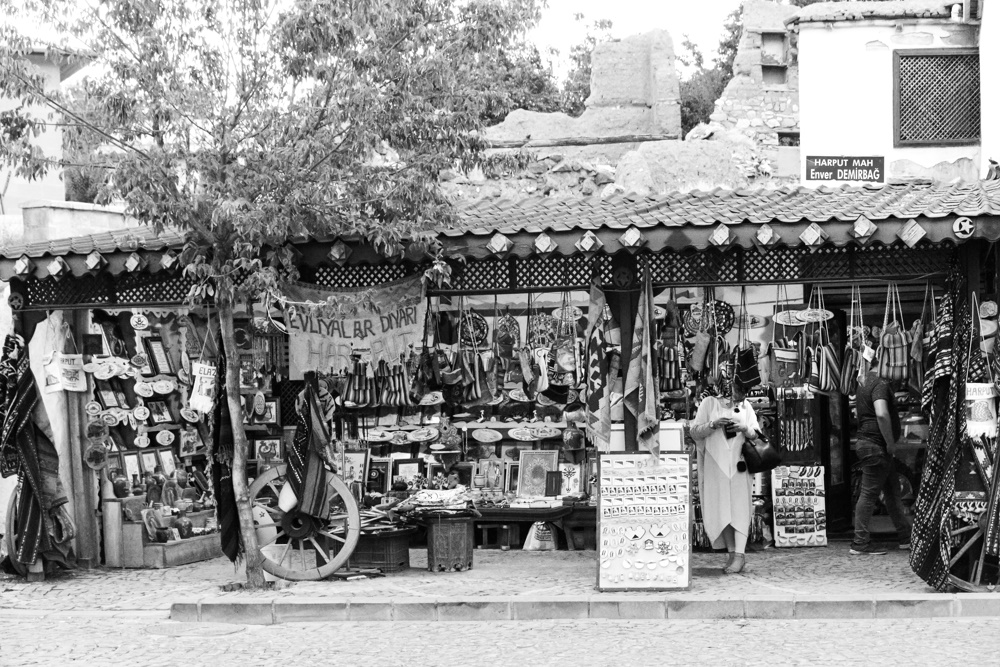
I said to my daughter as we walked the streets of our ancestral village, "Imagine what it would have been like if the Turkish government hadn't committed genocide. It could be like... the Republic of Anatolia with Turks and Armenians and Kurds and Greeks and Yazidis all living together. Just imagine what an amazing culture we could have had."
--- Kristin Anahit Cass
This exhibition features more than one hundred pieces created by the talented artist Kristin Anahit Cass. Cass began the project in 2012 in contemplation of the 2015 centennial remembrance of the Armenian Genocide. As a descendant of genocide survivors, her family faced the conflicts of living in diaspora and wondering what their lives would have been if indigenous Armenian and other minority populations had not been subjected to genocide and exile. The artworks displayed in this exhibition take a futurist perspective centering identity, community, healing, and hope. Cass works in photography, video, sculpture, and other media. Her art imagines the future, touches the past, and envisions a better world. In addition to her arts education, Cass has worked with women and minority owned businesses, artists, and nonprofits in her career as a lawyer. She is one of the founders of the LGBTQ platform Entanik (Family) where she is active in supporting creatives in the global community. Cass is a graduate of the University of Chicago. She lives and works in Chicago.

I began traveling to Armenia and other places in the SWANA (South West Asia and North Africa) region to meet people, connect with my family's ancestral culture and the shared culture of many diverse peoples in the region, and to envision the future. I traveled often with my daughter, the writer Araxie Cass, and also with my son and husband. Everywhere I visited in the region, and all the SWANA folks I met in diaspora, showed me the beauty of the culture that is shared among diverse SWANA peoples, while making me appreciate our unique differences.
From the strangers who helped my family find our ancestral village, to the sustaining support the Armenian community received from the greater SWANA community during the 2020 war on Armenia and Artsakh, to the global SWANA community we founded in the aftermath of that war, I have felt and followed the threads of our shared regional SWANA culture in many forms. My vision for the world that could have been, indeed that could be, began to take shape in my dreams and in my imagination. As people from a diverse SWANA diaspora, we could connect with the ancestral while envisioning a future that we could build together, writing our own story, building a republic in our imaginations. The acts of connecting with people of different backgrounds, traveling in the region, learning about the history, and building a community both locally in my hometown of Chicago and across the world, inspired and enlightened my work.
What does the world look like from a SWANA (South West Asia and North Africa) futurist perspective? Can we envision a future of mutual support and a flowering of our diverse and shared SWANA cultures, even in the shadow of turmoil caused by the lingering effects of imperialism on countries from Armenia to Afghanistan to Palestine and Syria? Can we preserve a connection to our ancestors while encouraging the evolution of our communities in diaspora and our societies across the world? This sweeping project imagines the future and envisions creating it, encompassing land back, reparations, ethnic and cultural diversity, ancestral practices, and our shared SWANA culture. In short, SWANA futurism.

Much of this work occupies multiple temporalities. While disorienting time and space as we take control of our own narratives, we experience past, present, and future at once, much as our ancestral divination practices harness a nonlinear understanding of time, and simultaneous occupation of spaces.
Experience a family's return to their ancestral village, a reckoning with a past they believed was lost.
Witness ancestors who faced a violent, colonial past stepping out of vintage photos into a tumultuous present to reassert agency over their own stories.
Experience the emotions embodied in a Memory Shard embossed with the soil of ancestral lands or the imprint of a child's slipper brought from a lost homeland.
Meet the people who came together in places rich with human history to create contemporary portraits of diversity and friendship.
Imagine a different world. Travel to a fictional homeworld where past and future come together in dreamlike combinations.
Join in the ritual of hospitality as both host and honored guest.
Welcome to my world of indigeneity and diaspora. Dream with me.
--- Kristin Anahit Cass
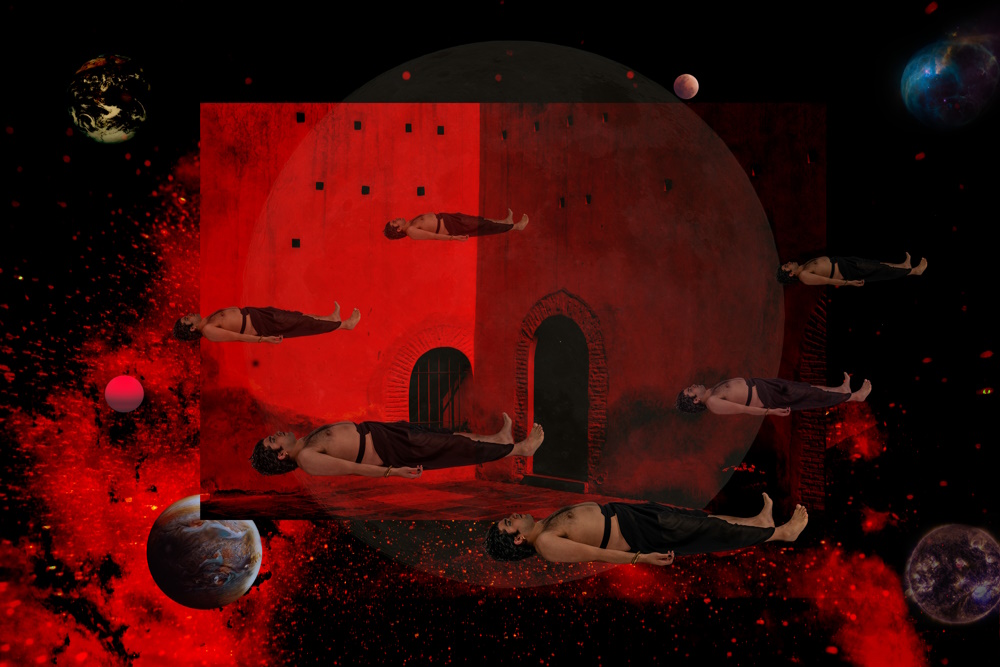 Ascension, Kristin Anahit Cass
Ascension, Kristin Anahit Cass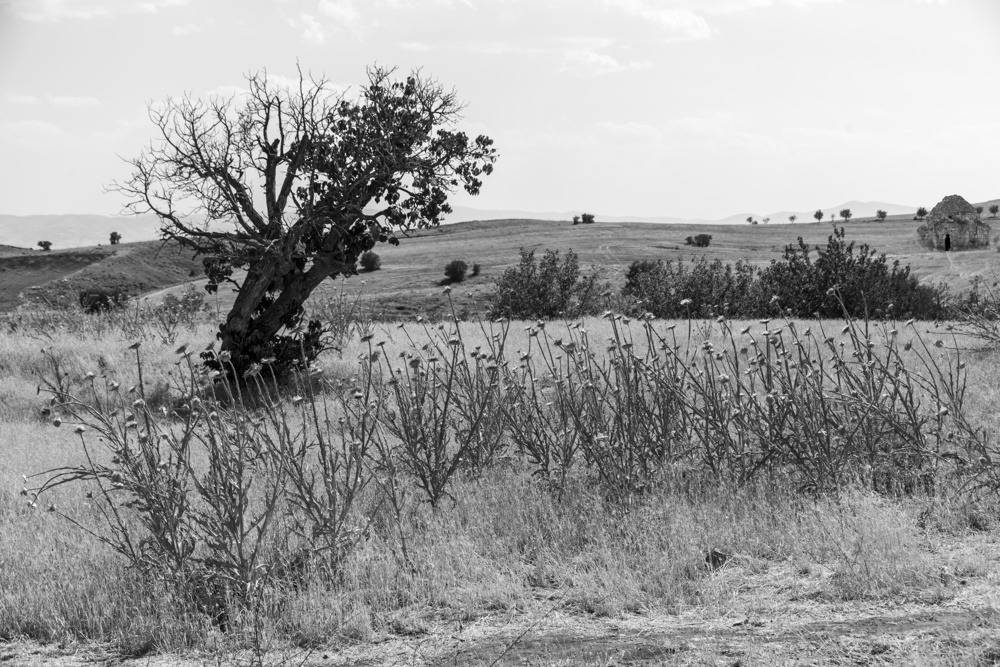 Forgotten by Time, Kristin Anahit Cass
Forgotten by Time, Kristin Anahit CassFaced with the use of violence to enforce geopolitical borders, people struggle to preserve culture and community. Within Armenia and the rest of the SWANA (Southwest Asia and North Africa) region, as well as across the world, the human cost is painfully high. This lecture considers the hope of many to end the bloody cycle of violence, learning to live together and embracing a better future for all.
Opening Reception
Thursday, April 13, 2023, 5:00 p.m. - 7:00 p.m.
Artist Kristin Anahit Cass will speak at 6:00 pm.
Reception is free to the public. Complimentary wine and hors d'oeuvres will be served.
The Stamelos Gallery Center is located on the first floor of the Mardigian Library at the University of Michigan-Dearborn. For more information, see below for contact information. Anyone requiring accommodations under the provisions of the Americans with Disabilities Act should contact lacotton@umich.edu.
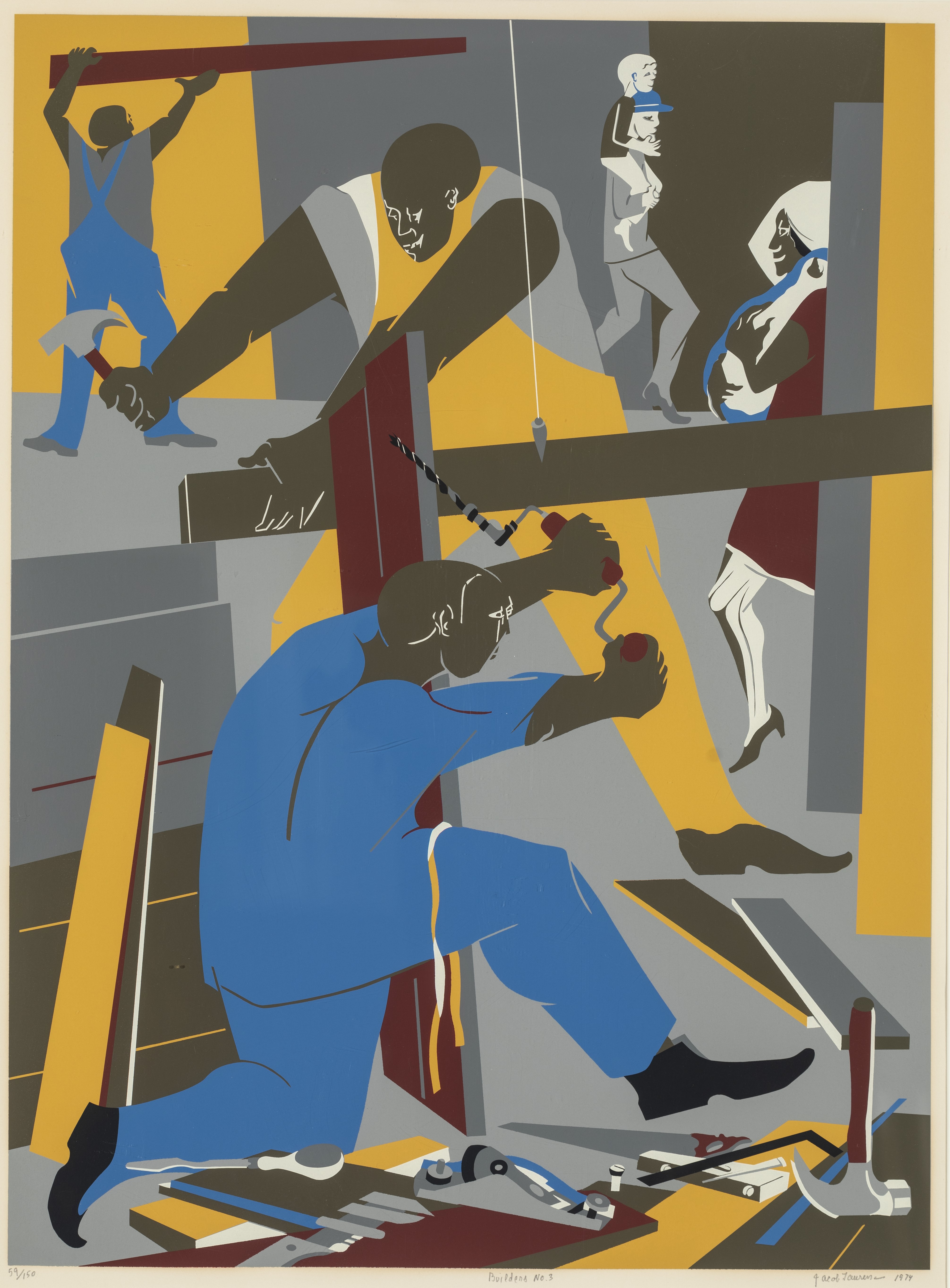
Jacob Lawrence (1917-2000), Serigraph print, 1974
Gift of Gilbert M. Frimet,
Collection of UM-Dearborn (1980.065)
Photographed by Tim Thayer
This powerful serigraph print from the permanent collection was created by Jacob Lawrence (1917-2000), one of this century's most widely acclaimed artists.
Lawrence was born in Atlantic City, New Jersey, but moved to Harlem, New York, at 13. He is among the few painters of his generation who grew up in a Black community, received instruction primarily from Black artists, and was influenced by the experiences of Black individuals.
Lawrence's artwork portrays the lives and struggles of the Black community, capturing their experiences through several series focused on figures such as Toussaint L'Ouverture, Frederick Douglass, and Harriet Tubman, as well as themes related to life in Harlem and the civil rights movement of the 1960s. His style is characterized by vibrant colors and abstract forms.
In the 1940s, during a time of widespread segregation, Lawrence broke racial barriers by becoming the first Black artist whose work was acquired by the Museum of Modern Art in New York City.
He stated, "If at times my productions do not express the conventionally beautiful, there is always an effort to express the universal beauty of man's continuous struggle to lift his social position and to add dimension to his spiritual being."
Researched and written by:
Julianna Collins, Stamelos Gallery Center former intern, UM-Dearborn art history/museum studies graduate, Class of 2025